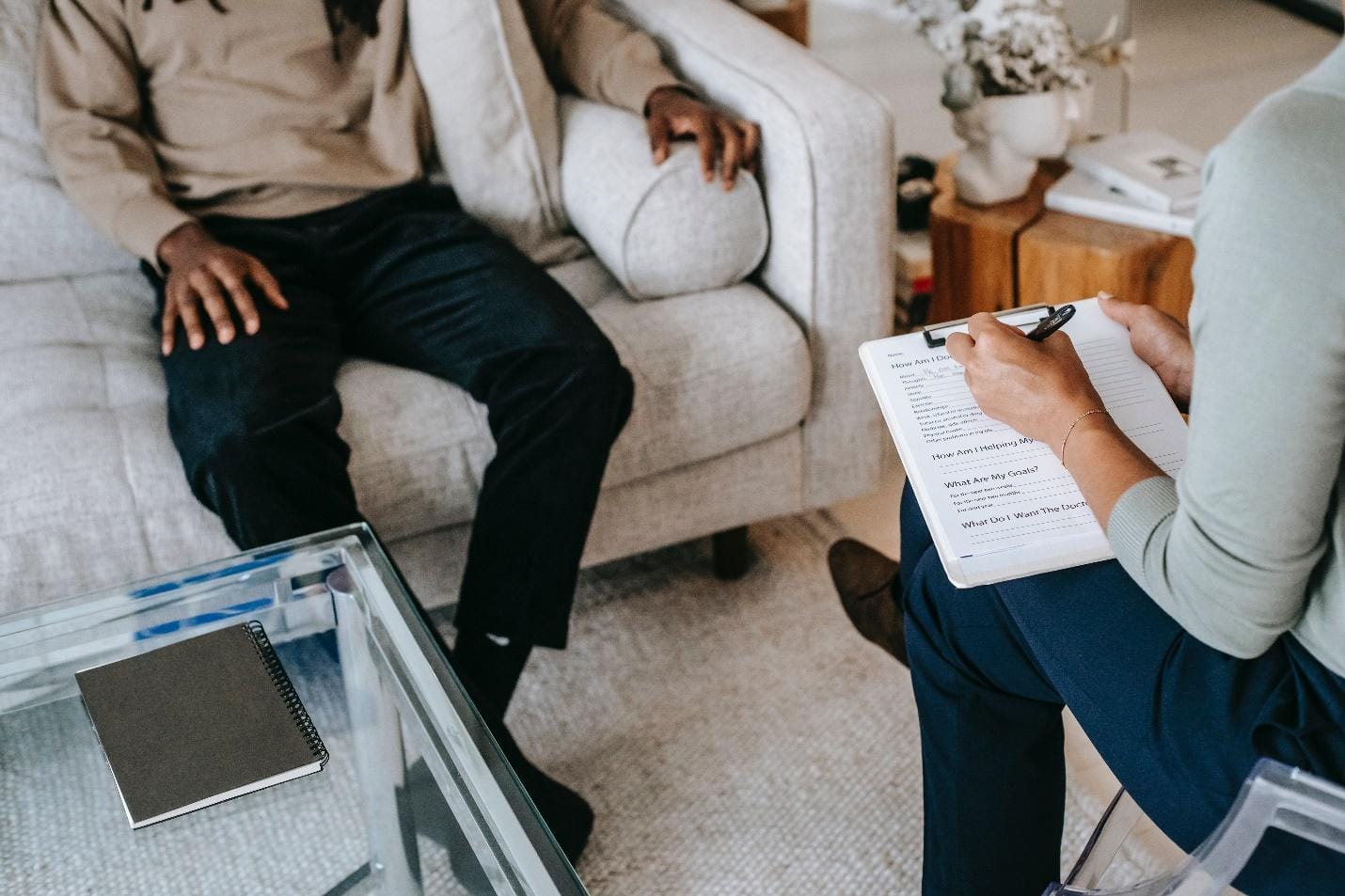Stigma remains the single biggest barrier for people with mental health problems. In fact, one study reports that stigma and discrimination related to mental illness “have been described as having worse consequences than the conditions themselves.” One estimate suggests over 70% of people globally with mental illness don’t receive any treatment for their condition, citing factors like prejudice against people with mental illness and expectations of facing discrimination.
And the American Psychiatric Association found in 2022 that mental health stigma is getting worse. Less than half of workers say they can talk about mental health openly at work, versus 56% in 2021 and 62% in 2020.
Stigma can also extend to friends and family members who support those who suffer from mental illness. While they may blame themselves for the condition, they may also fear others will blame them for their loved one’s illness. The result can be reduced emotional support, social isolation and even reluctance to get care for their loved one.
As a result, stigma becomes even more damaging for children. Just one out of five children with diagnosable mental illnesses receives treatment, which isn’t the case for other kinds of pediatric diseases.
And child abuse, whether sexual, physical, emotional, or neglect, leaves wounds that rarely remain confined to the child alone. While treatment may begin with the child, their story often is revealed to be just a piece of the puzzle — part of a larger family dynamic that makes it essential to extend care to parents, siblings, and caregivers as well.
Why It’s Important to Treat the Whole Family
When a child comes forward with a disclosure of abuse, the treatment journey often begins with them. But very quickly, their story reveals connections that extend beyond them. Usually, the entire family is affected — devastated and sometimes even destroyed by what happened.
For healing to be sustainable, the entire family must be engaged in the process of healing. Each member may require a different therapist and a different treatment methodology tailored to their personal experiences, emotions, and needs.
A recent case at the organization where I am CEO illustrates this reality. A young girl was brought to us after reporting that she had been abused by an older boy. In the aftermath, she began directing her own trauma onto her younger brother, becoming abusive herself.
This cycle, where a victim begins as passive, then shifts into active and sometimes even perpetrator roles, is tragically common. We began treatment not only with her, but also with her brother, who was directly impacted.
The parents, overwhelmed and feeling helpless, also entered treatment. During therapy, the mother disclosed that she too had been a victim of abuse as a child, carrying unprocessed trauma that was being unconsciously transferred onto her own children.
Meanwhile, another sibling, who was neither victim nor perpetrator, felt trapped in silence, unsure of who to identify with or how to act. The strain pushed the parents to the brink of divorce.
Over the course of a year, the family received care from five different therapists, each specializing in the unique needs of one family member. Techniques ranged from trauma-focused therapy for the children to supportive and psychoeducational approaches for the parents.
At the close of the program, the therapists guided the family in writing letters to one another, a process that allowed them to express pain, acknowledge harm, and begin to rebuild trust. Through this integrated, family-wide approach, the family was able to come back together, stronger and more resilient.
This case underscores a vital truth: no single therapy or therapist can address the full effects of abuse.
Types of Treatment Available
When a family experiences trauma, no two members respond in the same way. Each person carries their own story, and each requires treatment that reflects their unique needs, age, and role within the family. For younger children, therapy may take the form of play-based or expressive methods that allow them to communicate feelings they cannot yet put into words. Older children and adolescents may benefit more from evidence-based approaches.
Family therapy is another essential element, since trauma rarely affects just one individual in isolation. By bringing parents, siblings, and caregivers together, therapy sessions can rebuild trust, repair communication, and prevent cycles of silence or blame from continuing. Siblings who are not direct victims but are impacted by the family’s stress also need space to process what they’ve witnessed and to find their own voice.
Because these needs are so varied, it is often necessary for each family member to work with a different therapist, using a treatment style that suits them best. A multidisciplinary approach that includes psychologists, social workers, and therapists from different specialties ensures that every member of the family receives the right kind of support.
A Call to Action
For children, physical or emotional abuse often takes place behind closed doors, hidden within families. A child might show up to school the very next day appearing fine on the outside, but inside they are deeply hurt. This is one of our greatest challenges: addressing these types of violence that are rarely spoken about — and that leave invisible wounds and scars.
As a result, we must be willing to talk proactively about mental health when children are involved — before silence takes root. Early detection and intervention are critical. One way to do this is by creating opportunities for safe conversations in schools and communities.
Programs that combine creativity with clinical expertise, such as interactive plays followed by guided discussions, help children recognize their feelings, learn that it is safe to speak up, and connect with trusted adults who can help.
The call to action is simple: talk about mental health openly, listen to children without judgment, and recognize that behind every silent face may be a story of pain waiting to be heard.








